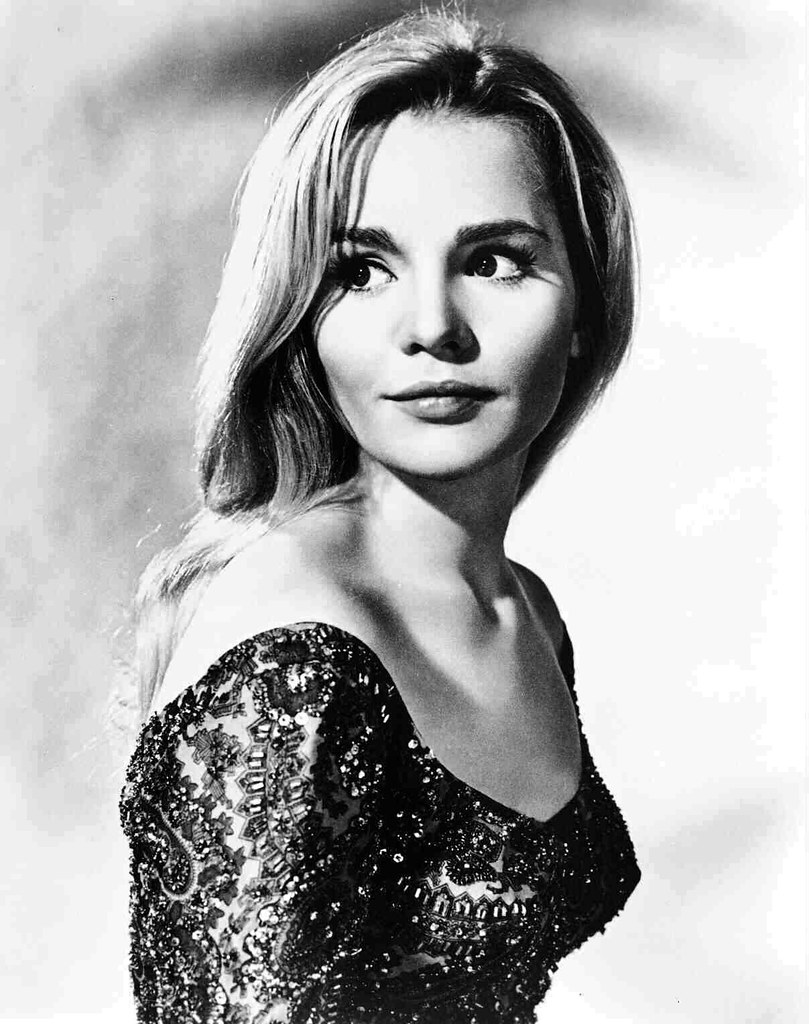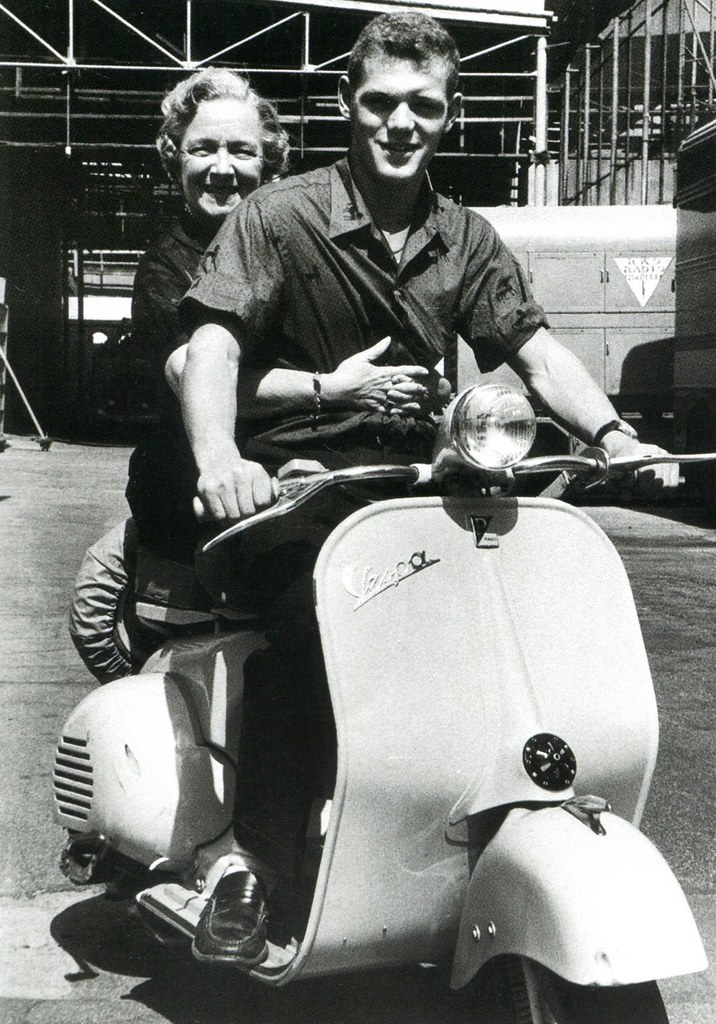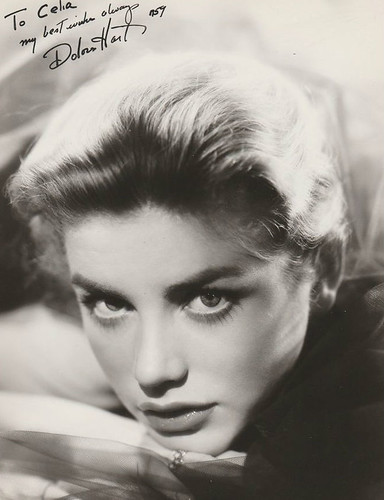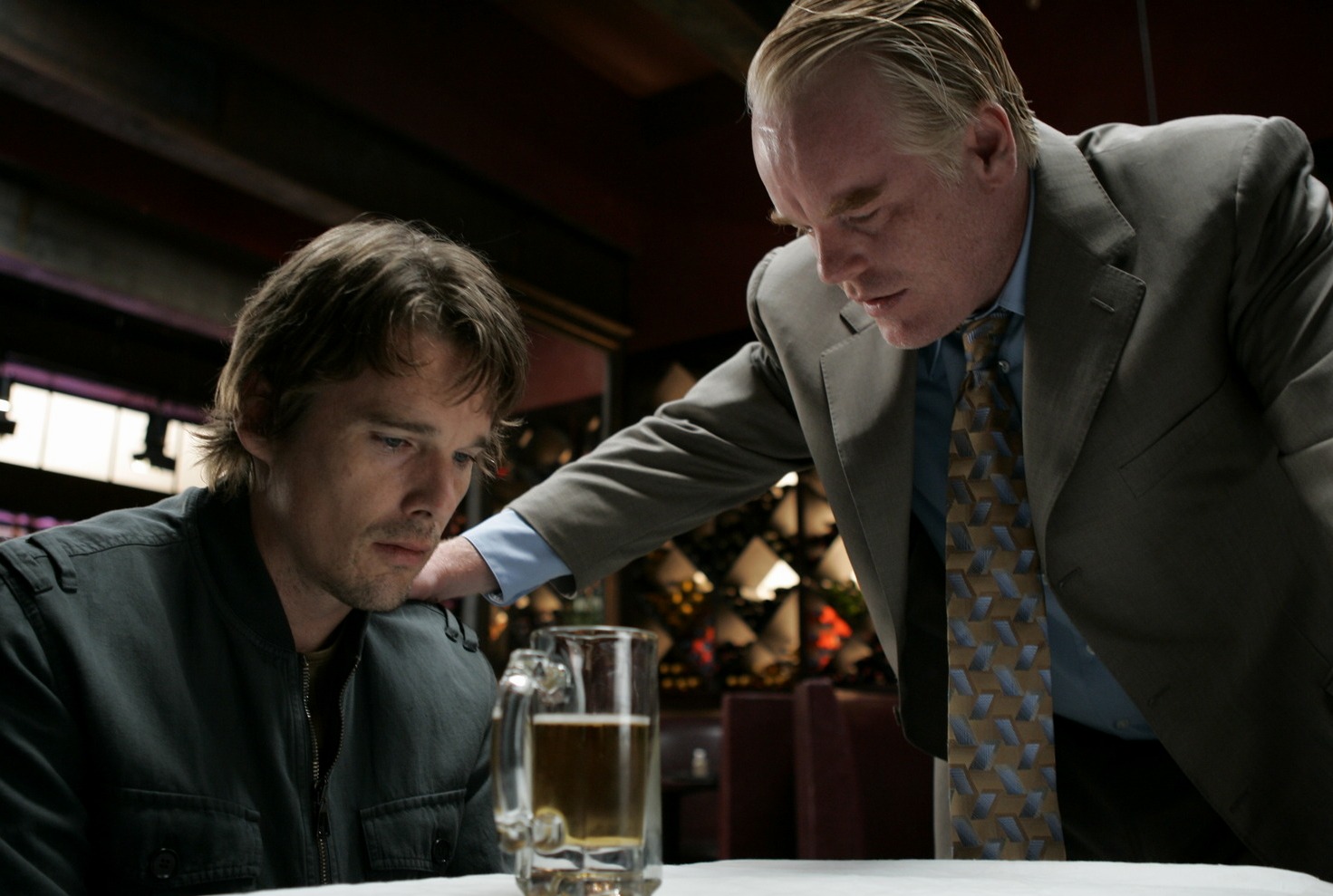
Hey there, movie buffs! Remember when we’d spend our weekends at the cinema, watching these incredible talents light up the silver screen? The 1960s were a vibrant, transformative decade, a golden era that churned out countless stars who seemed destined for eternal fame, leaving an indelible mark on pop culture and etching their faces into the collective memory of a generation.
Yet, as with any dynamic epoch, not all who glittered maintained their glow indefinitely. Behind the household names that still resonate today were numerous actors whose faces might spark a flicker of recognition, but whose names—and the fascinating trajectories of their lives and careers—have all but slipped into the quiet archives of history. Their stories are a poignant reminder that Hollywood success requires more than just raw talent, captivating looks, or even early promise; it’s a precarious path often dictated by timing, personal choices, and the relentless churn of industry shifts.
We’re about to embark on a compelling journey, digging deep into the captivating careers of 15 performers who, despite possessing the talent and early momentum that often launches legendary careers, somehow slipped through Hollywood’s fingers. This isn’t just a list; it’s a narrative-driven re-evaluation, a critical look at the lives of those who defined a decade yet ultimately chose, or were compelled, to step away from the dazzling spotlight. Let’s begin with the first seven of these fascinating figures, rediscovering their early triumphs and the subtle shifts that led them down different paths.

1. **Tuesday Weld: The Enigmatic Starlet Who Chose Quietude**Tuesday Weld was more than just a teen sensation; she was a captivating presence, possessing an edgy intensity that set her apart from the wholesome idols of her era. Transitioning seamlessly into serious adult roles, she captivated audiences in critically noted films such as “Wild in the Country” (1961), showcasing a range that belied her youthful fame, and later in the cult classic “Lord Love a Duck” (1966), where her distinctive presence truly shone.
Her talent didn’t go unnoticed by the industry or critics. Weld garnered significant acclaim, culminating in an Oscar nomination for her intense performance in “Looking for Mr. Goodbar” (1977). This was an actress who commanded the screen, delivering performances that were often described as electrifying and complex, embodying a rebellious spirit that resonated deeply with the changing cultural landscape of the 1960s and 70s.
Despite her evident talent and critical recognition, Weld made a conscious decision to gradually step away from Hollywood in the 1980s, prioritizing a quieter life. It’s a choice that saw her famously turning down numerous roles that could have solidified her status as an even bigger star. Today, she lives privately in Colorado, a testament to her enduring preference for personal peace over enduring public adoration, leaving behind a legacy as a critic’s darling who never quite courted mainstream superstardom.

2. **George Chakiris: From West Side Glory to Artisan’s Craft**For many, George Chakiris is eternally etched into cinematic history as the electrifying Bernardo, leader of the Sharks, in the iconic 1961 musical “West Side Story.” His performance was not just a standout; it was a revelation, earning him an Academy Award for Best Supporting Actor and launching him into immediate international recognition. He embodied the raw energy and dramatic tension of a generation, a talent too bright to ignore.
Following this monumental success, Chakiris didn’t retreat from the screen. Instead, he embarked on a diverse career path, appearing in several European films throughout the 1960s, a testament to his global appeal and versatility beyond the Broadway lights. While his acting career saw a natural slowdown in the 1970s, as the industry’s focus shifted, his artistic spirit remained undimmed, simply finding new avenues of expression.
Rather than chasing diminishing returns in Hollywood, Chakiris found a new creative outlet that perfectly complemented his refined aesthetic: jewelry design. Today, at 88, he crafts beautiful silver jewelry, a quiet yet profound continuation of his artistic journey. He occasionally graces film retrospectives, a welcome reminder of the talent that once mesmerized millions, demonstrating that a fulfilling life extends far beyond the red carpet.

3. **Hayley Mills: Disney’s Golden Child and the Weight of Expectation**Hayley Mills was, without a doubt, Disney’s golden child, a name synonymous with wholesome charm and family entertainment in the 1960s. With her captivating smile and undeniable talent, she enchanted audiences worldwide in beloved classics such as “Pollyanna” and “The Parent Trap.” Her performances earned her critical acclaim, and for a time, she seemed destined for a smooth, triumphant transition into adult leading-lady status, carrying the torch of child stardom with grace.
However, the path from beloved child actor to enduring adult star is notoriously fraught with challenges. After her tenure with Disney, Mills continued her acting career primarily in British films and television, navigating the complexities of shedding a carefully cultivated image while proving her evolving talent. The transition was not always easy, a common narrative for young performers who find immense fame at an early age.
Now in her mid-70s, Mills continues to perform occasionally on stage and screen, a testament to her enduring passion for the craft. She recently published a memoir, offering a candid and insightful look into her fascinating career, providing invaluable context for a generation that adored her. Her story is a thoughtful exploration of early fame and the quest for artistic longevity outside the initial blaze of stardom.
4. **George Maharis: The ‘Route 66’ Heartthrob Who Found Canvas and Calm**George Maharis embodied the spirit of the early 1960s as a bona fide heartthrob, most notably for his iconic role in the hit television series “Route 66.” His rugged good looks and intense screen presence made him a household name, captivating audiences across America as he traversed the country in a Corvette, symbolizing freedom and youthful rebellion for a nascent counterculture. He was, for a time, the embodiment of cool and aspirational wanderlust.
After his impactful departure from “Route 66,” Maharis continued to appear in various films and television shows throughout the remainder of the decade, attempting to parlay his small-screen success into broader cinematic appeal. While he remained a recognizable face, the momentum that once propelled him forward began to shift, and he gradually sought new outlets for his creative energies, moving away from the demanding grind of constant performance.
Maharis later pursued a successful career in painting and art, selling his works in galleries and demonstrating a profound talent beyond acting. Now in his 90s, he lives quietly in Beverly Hills, a stark contrast to his youthful days of televised adventure. His story offers a compelling example of a performer who gracefully transitioned from one artistic discipline to another, finding lasting fulfillment away from the pressures of Hollywood fame.
5. **Paula Prentiss: The Comedic Voice Who Cherished Her Own Pace**Paula Prentiss carved out a unique and memorable niche in 1960s cinema, distinguished by her unmistakable voice, towering height, and perfectly timed comedic sensibilities. Her performances in films such as “Where the Boys Are” (1960) and “What’s New Pussycat?” (1965) showcased a natural, often quirky charm that made her an instantly recognizable and beloved presence, standing out in an era of more conventional leading ladies.
Her distinctive style and comedic prowess garnered her a loyal following, but Prentiss made a conscious choice to step back from regular film work in the 1970s. This decision wasn’t a retreat into obscurity, but rather a deliberate adjustment to her career’s demands, allowing her to balance professional pursuits with personal life, a choice many stars found challenging in the unrelenting Hollywood machine.
Now in her 90s, Prentiss occasionally returns for special projects, reminding audiences of her unique talent. She lives in Los Angeles with her husband of over 60 years, actor-director Richard Benjamin, a testament to an enduring partnership both on and off screen. Her career reflects a thoughtful approach to stardom, where sustained personal well-being trumped the relentless pursuit of continuous A-list status, leaving a legacy of memorable, joyful performances.

6. **James MacArthur: The Iconic ‘Danno’ Whose Catchphrase Lived On**James MacArthur, the adoptive son of legendary actress Helen Hayes, was destined for a life in entertainment, but he truly found his enduring fame as Danny “Danno” Williams in the groundbreaking television series “Hawaii Five-O.” For millions, he was the steadfast, loyal detective whose calm demeanor provided the perfect counterpoint to Jack Lord’s Steve McGarrett. His role became synonymous with classic television, embodying a sense of duty and island-cool justice.
MacArthur’s career, however, wasn’t solely defined by his time chasing criminals in paradise. After leaving “Hawaii Five-O” in 1979, he continued to appear occasionally in television and theater productions, showcasing his range beyond the familiar detective role. He was a working actor who loved his craft, though perhaps never again capturing the same global recognition as his iconic character.
Sadly, James MacArthur passed away in 2010, but his legacy is cemented not just by his extensive body of work, but by a simple, unforgettable phrase: “Book ’em, Danno.” That line remains a vibrant part of pop culture history, a testament to the profound impact a single, well-delivered sentence can have. His story reminds us that some roles become so iconic, they transcend the actor, ensuring a unique form of enduring remembrance.

7. **Sue Lyon: Forever Lolita, a Legacy Forged in Controversy**Sue Lyon’s entry into Hollywood was nothing short of explosive. Handpicked by the visionary Stanley Kubrick, she stepped into the controversial title role of “Lolita” (1962) at the tender age of 14, becoming an instant, albeit complicated, sensation. Her performance, both vulnerable and unsettling, catapulted her into international fame, creating an indelible image that would define much of her public persona and career trajectory.
Following her audacious debut, Lyon appeared in several other notable films throughout the 1960s, attempting to forge a path beyond the shadow of her breakthrough role. Yet, the notoriety and unusual nature of her initial performance ultimately limited her conventional career options within Hollywood’s often rigid, image-conscious system. The industry struggled to see her beyond the character that had made her famous.
Lyon ultimately retired from acting in 1980 at age 34, opting for a private life away from the relentless scrutiny of Hollywood. She passed away in 2019, leaving behind a complex legacy in film history. Her story serves as a potent illustration of how one iconic, challenging performance can sometimes trap rather than liberate a young performer, shaping their entire relationship with fame and the film industry.
Alright, if you thought our first dive into the fascinating, forgotten corners of 1960s Hollywood was compelling, brace yourselves. The stories of those who briefly shone before stepping away or being sidelined are often the most telling, illuminating the brutal realities and unpredictable nature of the entertainment industry. We’re continuing our exploration, unearthing eight more figures whose paths veered from the conventional, revealing a tapestry of personal choices, shifting industry dynamics, and the relentless currents of pop culture that can sweep even the most talented performers into the annals of ‘what if.’

8. **Christopher Jones: The Enigmatic Rebel Who Chose the Exit**Often likened to the legendary James Dean for his brooding intensity and raw talent, Christopher Jones exploded onto the scene with a charisma that seemed destined for superstardom. His performances in groundbreaking films like 1968’s “Wild in the Streets” and David Lean’s epic “Ryan’s Daughter” (1970) showcased an actor of profound depth and rebellious spirit, capturing the zeitgeist of a rapidly changing decade. He was, for a brief, dazzling moment, Hollywood’s next big thing, brimming with an allure that promised longevity.
Yet, at the very zenith of his burgeoning career, Jones made a decision that would forever mark him as an enigma: he abruptly walked away from acting. This wasn’t a gradual fade but a definitive, conscious retreat from the blinding lights of fame. In a move that still baffles film historians, he famously turned down the lead role in Stanley Kubrick’s iconic “A Clockwork Orange,” a decision that speaks volumes about his priorities beyond the silver screen.
His pivot away from Hollywood wasn’t into another facet of the industry, but towards a quieter, more introspective existence as an artist. Jones dedicated his later years to painting, finding solace and expression in a medium far removed from the pressures of film sets and public scrutiny. He lived this private artistic life until his passing in 2014, leaving behind a legacy not just of powerful, albeit brief, performances, but also of a rare conviction to prioritize personal peace over enduring celebrity.
.png/800px-Yvette_Mimieux_-_Studio_portrait_(1961).png)
9. **Yvette Mimieux: Ethereal Beauty, Earthly Passions**Yvette Mimieux, with her ethereal beauty and sensitive, captivating performances, was undoubtedly one of Hollywood’s most promising ingénues of the 1960s. She burst onto the scene in classics like H.G. Wells’ “The Time Machine” (1960), where her luminous presence captivated audiences, and further solidified her status in the romantic drama “Light in the Piazza” (1962). Her early roles positioned her as a delicate yet compelling figure, capable of conveying deep emotion with understated grace.
Despite her early success and undeniable screen presence, Mimieux’s career trajectory followed a less conventional path than many of her contemporaries who chased perpetual stardom. While she continued to work steadily for several decades, her performances often leaned into projects that, while solid, didn’t always maintain the same high profile as her initial breakthroughs. This period was one of consistent work, but perhaps not the relentless pursuit of A-list status.
Mimieux officially retired from acting in 1992, embarking on a fascinating second act that showcased her diverse passions. She transitioned into a successful businesswoman, establishing a venture focused on selling Haitian products, demonstrating a keen entrepreneurial spirit. Furthermore, she delved into the academic world, pursuing anthropology—a clear indication of a curious mind seeking intellectual fulfillment beyond the glare of celebrity. She passed away in 2022, leaving behind a legacy that blends screen magnetism with a life of quiet accomplishment and intellectual exploration.
10. **Tom Laughlin: The Maverick Who Rode His Own Way**Tom Laughlin carved a unique and indelible niche in 1960s cinema and beyond, not just as an actor, but as a true independent maverick. While he began his career in the early 1960s, it was his self-created, self-written, and self-directed “Billy Jack” series that truly defined his impact, turning him into an unlikely cultural icon. These films, especially “Billy Jack,” resonated deeply with a generation, showcasing his commitment to socially conscious storytelling and a fiercely independent spirit.
Laughlin was more than just a performer; he was a force of nature, using his cinematic platform to champion his deeply held beliefs. His filmmaking became intertwined with political activism, transforming his art into a vehicle for social commentary and change, often challenging the Hollywood establishment in the process. He operated outside the conventional studio system, giving him artistic freedom but also limiting his mainstream acting opportunities beyond his signature character.
His activism extended far beyond the silver screen. Laughlin famously ran for president of the United States three times, leveraging his public profile to advocate for his political vision. Additionally, he authored several books on psychology and politics, cementing his status as a multifaceted intellectual. Laughlin remained a passionate and engaged figure until his passing in 2013, a testament to an artist who prioritized personal conviction and societal impact over the typical trappings of a Hollywood career.

11. **Carol Lynley: A Versatile Presence Across Decades**Carol Lynley was a quintessential versatile actress of the 1960s, effortlessly moving between genres and mediums, leaving her mark on both the big and small screens. While perhaps best remembered for her roles in iconic disaster films like “The Poseidon Adventure” and the chilling psychological thriller “Bunny Lake Is Missing,” her work throughout the decade showcased a wide range of talent and a captivating screen presence that made her a familiar and welcome face to audiences.
Her career didn’t end with the close of the 1960s; Lynley continued to contribute her talents to television and film projects well into the 1990s. Though her appearances became less frequent as the decades progressed, she consistently demonstrated a dedication to her craft, proving her longevity in an often unforgiving industry. This enduring presence, even in less prominent roles, highlights her commitment to acting for decades.
By the time of her passing in 2019, Carol Lynley had accumulated a truly impressive body of work, boasting a legacy of over 100 film and television appearances. Her career stands as a testament to the working actor, a consistent professional who, while perhaps not reaching the stratospheric heights of perennial superstardom, nevertheless built a robust and respected career defined by versatility and a steadfast commitment to her art, etching her name into television and cinematic history.
Read more about: Forgotten Leading Ladies: The 14 Actresses of the 1960s Who Deserve a Modern Spotlight

12. **Troy Donahue: The Golden Boy’s Tumultuous Ride**Troy Donahue was the epitome of the clean-cut teen idol, carefully molded by Warner Bros. into a symbol of youthful romance in the early 1960s. With his striking good looks and an air of effortless charm, he captivated a generation, starring in immensely popular films such as “A Summer Place” and “Parrish.” He was the handsome, brooding lead for countless fan magazines and movie posters, an aspirational figure for young audiences.
However, the glossy facade of stardom often conceals immense personal struggles, and Donahue’s path was no exception. Following the initial blaze of his teen idol fame, the 1970s brought significant challenges as he grappled with addiction, a battle that threatened to derail his career and personal life entirely. This period marked a stark contrast to his earlier public image, reflecting the often-harsh realities faced by those thrust into early stardom.
Remarkably, Donahue managed to stage a powerful comeback, recovering from his struggles and gradually returning to acting in occasional roles. Though he never fully regained the level of mainstream prominence he once enjoyed, his resilience was a testament to his enduring spirit. He passed away in 2001, but his legacy as one of the decade’s most popular romantic leads remains, a poignant reminder of both the intoxicating highs and the profound challenges of Hollywood fame.

13. **Dolores Hart: From Hollywood Lights to Cloistered Life**Dolores Hart was a quintessential Hollywood Cinderella story, rising swiftly through the ranks to become a promising young actress. Her early career was nothing short of dazzling, featuring memorable roles opposite none other than Elvis Presley, which quickly cemented her status as a star on the rise. Critics and audiences alike saw immense potential in her, with many speculating about a future filled with leading roles and accolades.
Yet, in a move that sent shockwaves through the entire entertainment industry, Hart made a profound and life-altering decision at the peak of her burgeoning career. In 1963, at the tender age of 24, she famously left Hollywood behind to enter a Benedictine convent, trading the glamour of movie sets for a life of spiritual devotion. It was an unprecedented pivot, a radical redefinition of personal fulfillment that few could have predicted.
Today, she is known as Mother Dolores Hart, and she continues her remarkable life at the Abbey of Regina Laudis in Bethlehem, Connecticut, where she has resided for over 50 years. Her commitment to her vows and her spiritual path has been unwavering. Interestingly, even in her cloistered life, her connection to film has not been entirely severed; she occasionally consults on film projects, a subtle continuation of her enduring, albeit transformed, relationship with the art form that once defined her public life.

14. **Fabian: The Teen Idol Who Evolved with the Times**Fabian Forte, universally known by his mononym Fabian, was a manufactured teen idol who successfully transitioned from a singing sensation to a notable screen presence in the early 1960s. Propelled by his good looks and a booming fan base, he appeared in several films, including the Western “North to Alaska,” demonstrating a versatility that extended beyond the recording studio. His era was defined by youth culture, and Fabian was a face of that movement.
As the 1960s drew to a close and pop culture tastes shifted, Fabian gracefully pivoted, understanding the transient nature of teen idol status. Rather than relentlessly pursuing diminishing acting roles, he wisely focused his energies on various business ventures, showcasing a shrewd entrepreneurial spirit. This strategic shift allowed him to maintain relevance and success outside the often-brutal competition of Hollywood’s leading men.
However, Fabian never entirely abandoned his roots in entertainment. He has continued to make occasional performances at nostalgia shows and remains a popular figure at fan conventions and retro music events. Now in his 80s, he stands as a testament to adapting and thriving in a constantly evolving industry, a performer who understood the ebb and flow of fame and found lasting satisfaction through diverse pursuits while still honoring his beloved past.
15. **Connie Stevens: From Screen Siren to Business Maven**Connie Stevens epitomized the vibrant, glamorous television staple of the 1960s, charming audiences with her magnetic personality and undeniable talent. She became a household name for her memorable role in the popular detective series “Hawaiian Eye,” where her presence was a significant draw. Her combination of acting prowess and vocal talent made her a multi-faceted performer who brightened screens across America.
While her acting career may have peaked in the initial blaze of her 1960s television fame, Stevens demonstrated a remarkable aptitude for reinvention. Rather than simply fading from the public eye, she channeled her entrepreneurial spirit into a highly successful career as a businesswoman. This strategic pivot marked a new chapter, showcasing her acumen beyond the demands of acting.
Her most notable business venture was the launch of “Forever Spring,” a cosmetics line that achieved considerable success, proving her savvy in the competitive world of beauty. Now in her 80s, Connie Stevens remains an active and engaged figure, involved in various business endeavors and making occasional appearances at industry events. Her journey is a inspiring narrative of transforming celebrity into sustained success, a true testament to her enduring drive and multifaceted talents.
As we close this chapter, it becomes abundantly clear that the narrative of Hollywood success is rarely a straight line. For every enduring icon, there are countless luminous talents whose journeys took unexpected turns, whether by design or the cruel hand of fate. These 15 actors, once shining brightly in the vibrant tapestry of the 1960s, remind us that the spotlight is a fickle friend, but a life rich with purpose, creativity, and personal conviction can be found both within and beyond its unforgiving glare. Their stories are not tales of failure, but rather captivating explorations of resilience, reinvention, and the quiet dignity of lives lived on their own terms, leaving an undeniable, if often understated, impact on the entertainment landscape.




